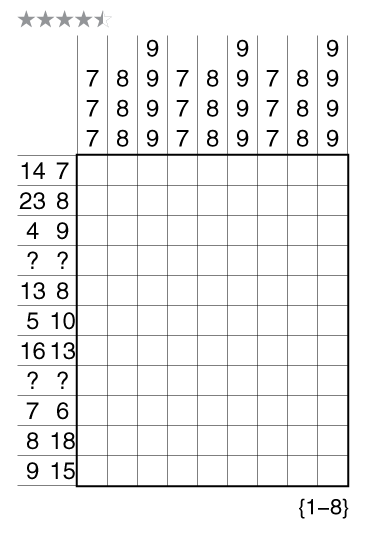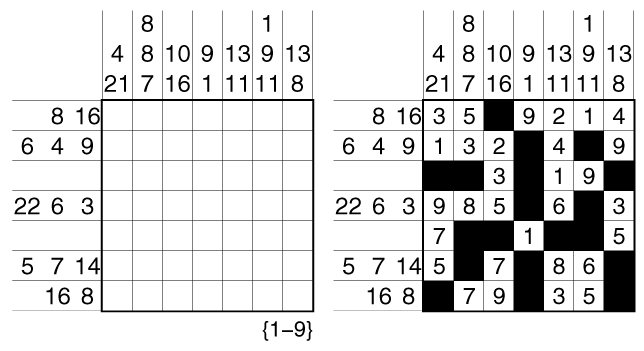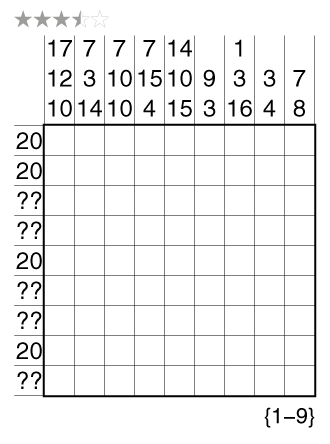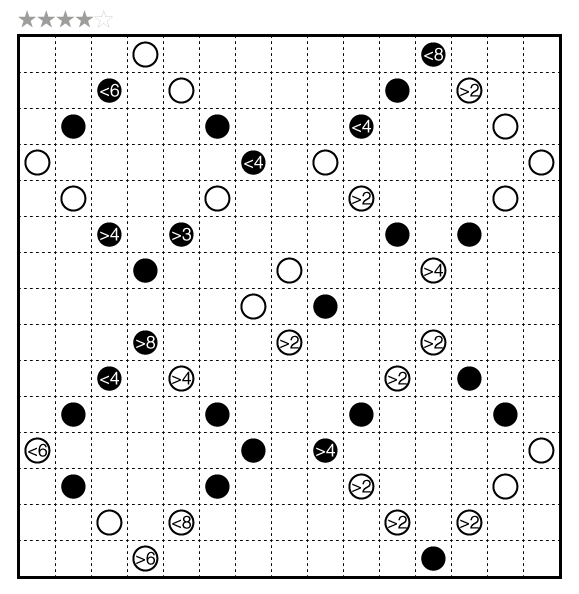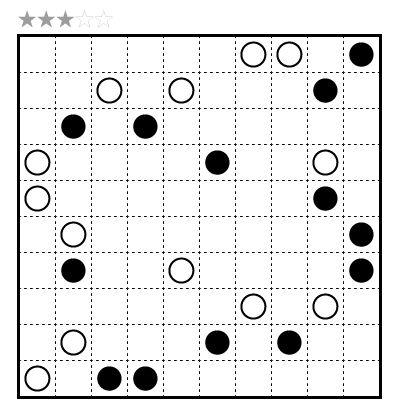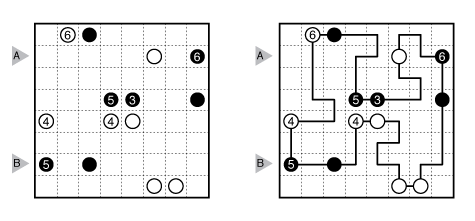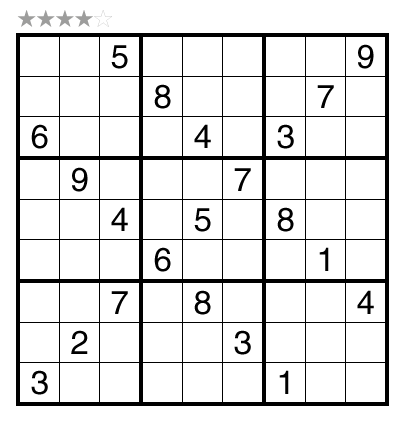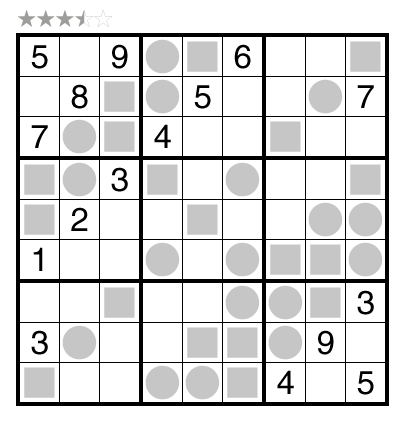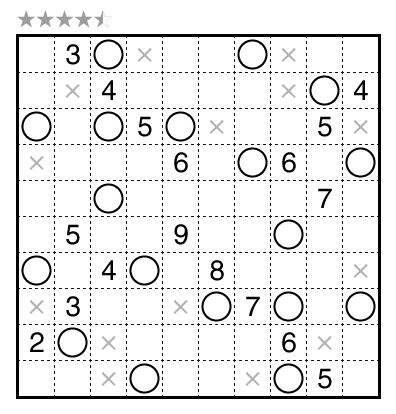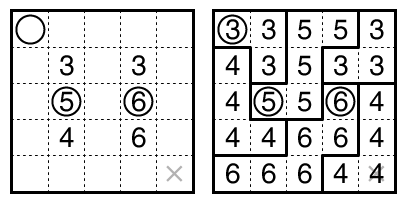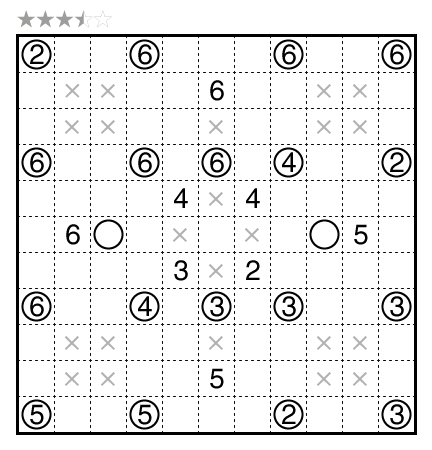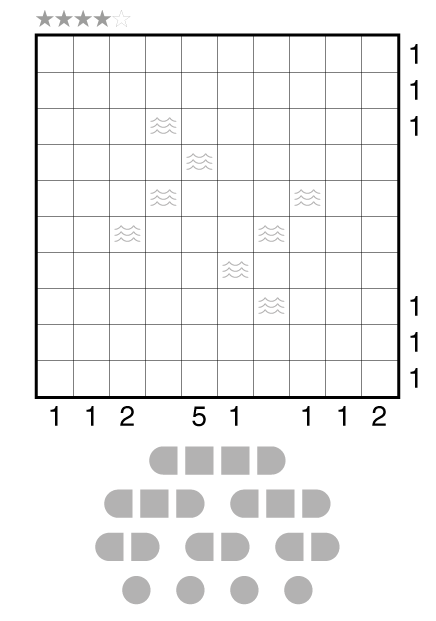Nurikabe (Pairs) by Murat Can Tonta
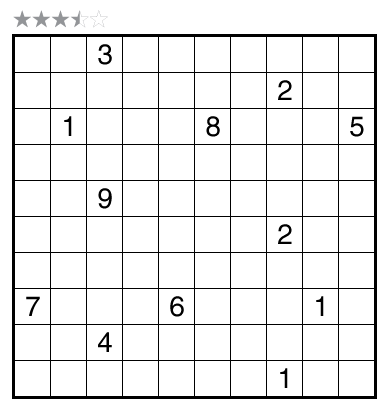
or solve online (using our beta test of Penpa-Edit tools)
Theme: 1 to 9
Author/Opus: This is the 230th puzzle from our contributing puzzlemaster Murat Can Tonta.
Rules: Variation of Nurikabe rules. Every region of white cells must contain exactly two numbers (instead of one) and have total size equal to the sum of the two numbers.
Also, see this example:
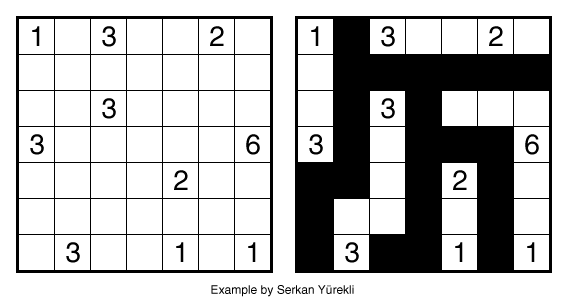
Difficulty: 3.5 stars
Time Standards (highlight to view): Grandmaster = 3:15, Master = 6:15, Expert = 12:30
Solution: PDF and solving video.
Note: Follow this link for classic Nurikabe and this link for Nurikabe variations. If you are new to this puzzle type, here are our easiest Nurikabe puzzles to get started on. More Nurikabe puzzles can be in The Art of Puzzles, in our beginner-friendly book Logic Puzzles 101, and in the e-book Nurikabe by Ashish Kumar.

